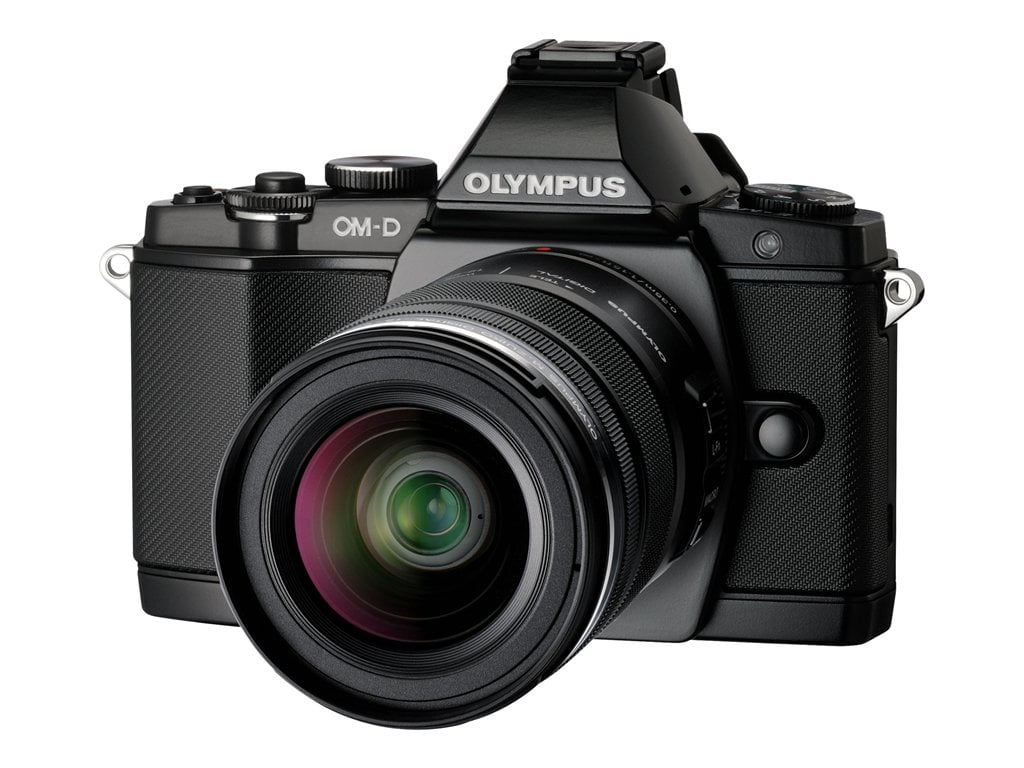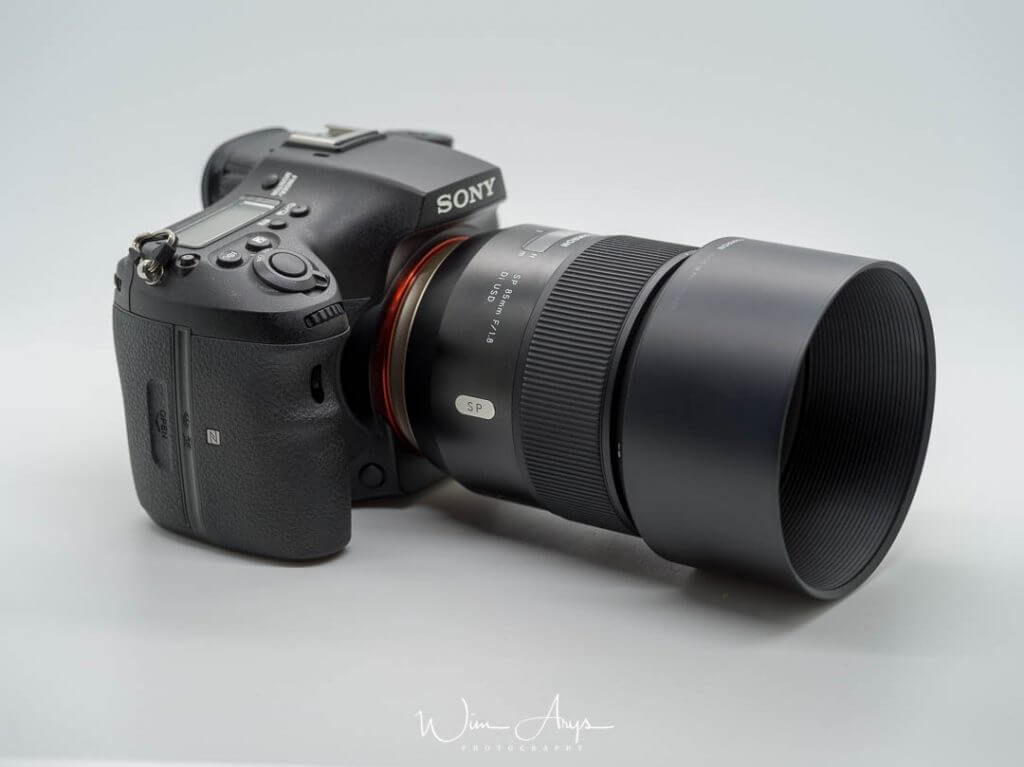

In fact, it's possible I've seen more potential generic names for this new breed of cameras than I've seen cameras! In other words, no one really knew what to call them.ĬIPA uses the terms “reflex” for DSLRs and “non-reflex” for mirrorless cameras. Other phrases we've seen are "compact interchangeable lens cameras" (CILC), "small interchanageable lens cameras" (SILC), and "small systems cameras" (SSC). Nikon, who had several years to try to figure out what it really wanted to call these cameras punted: "an advanced camera with interchangeable lenses." (ACIL) Of course, DSLRs are, by definition, DILCs, so that doesn't work unless you want to convince people you're making DSLRs when you aren't (which Panasonic did at the time, since it was never in the DSLR game). Panasonic tried a more traditional approach: "digital interchangeable lens camera" (DILC). When Olympus announced the E-P1, the press release contained the phrase "ultra-compact hybrid device." UCHD. The camera makers don't know what to call these things, either. Obviously, I like the mirrorless name, and mostly because it was the removal of the mirror that changed camera design and gave us all these new, interesting cameras. In other words, removing the mirror triggered other changes: lens mount position and size, lens design, use of an EVF (or at least the LCD in "live view" mode), smaller thinner body, less body area to mount controls, and so on. Just removing the mirror wouldn't give you a thinner camera body unless you also changed the lenses (witness the Pentax K-01 or the Sigma sd cameras, which kept legacy DSLR mounts). But since all the DSLRs were using legacy lens mounts, the lens mount itself would be pushed forward of the mirror to use existing lenses just like it was in film SLRs. First, the mirror was taking up room in front of the shutter (which is in front of the sensor). Removing the mirror changed the thickness of the camera.

That was proven when Sony made a line of DSLRs that had EVFs instead of optical viewfinders: adding an EVF didn't do anything except change the nature of the mirror itself (doesn't move, partially reflecting). That's because the primary change that produced different camera designs was the simple removal of the mirror, not the addition of an electronic viewfinder (EVF). What tended to stick very early on was "mirrorless" (thus the inspiration for this Web site's name). Obviously, EVIL isn't exactly something any respectable Japanese consumer electronics company wants to call their product, so that suggestion was pretty much kaput from the get go. This was triggered by a post lobbying for a new kind of camera: Electronic Viewfinder Interchangeable Lens (EVIL). Some of the first Internet-visible suggestions regarding removing the mirror and creating the kinds of cameras this site deals with came on the fora at DPReview. So what do we call these interchangeable lens cameras that aren’t DSLRs? These days, the most common term used is "mirrorless camera."
#Mirrorless system lens meaning update
I'm not going to update it, as it reflects some important historical context. The following article was written a decade ago. What Happens if I Lose my Downloaded File?.Can I copy the eBook file to my other computers?.Why can't I find your works in the Kindle (Nook, Apple, Android) store?.Why can't I find your works in bookstores?.Are your books just rewrites of the manual?.What's the Difference between the Olympus 14-42mm Lenses?.What the heck is "rattlesnaking" on m4/3 lenses?.



 0 kommentar(er)
0 kommentar(er)
